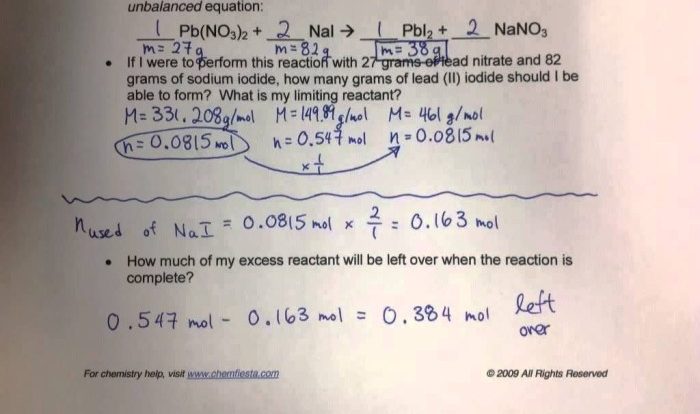Unit chemical bonding bonding basics – ws #1 answers – Welcome to the realm of unit chemical bonding basics, where we embark on a journey to unravel the fundamental principles governing the formation of chemical bonds. This comprehensive guide, titled “Unit Chemical Bonding Basics – WS #1 Answers,” will serve as your trusted companion, providing clarity and understanding of the intricate world of chemical interactions.
Delving into the heart of the matter, we will explore the diverse types of chemical bonds, including ionic, covalent, and metallic bonds. Real-world examples will illuminate the concepts, showcasing how these bonds manifest in molecules and compounds. Furthermore, we will investigate intermolecular forces, deciphering their role in shaping the physical properties of substances.
Unit Chemical Bonding Basics: Unit Chemical Bonding Bonding Basics – Ws #1 Answers
Chemical bonding is the force that holds atoms together to form molecules and compounds. The fundamental principle of chemical bonding is that atoms tend to achieve a stable electron configuration, which is typically the electron configuration of a noble gas.
There are three main types of chemical bonds: ionic, covalent, and metallic.
Ionic bonds are formed between atoms that have a large difference in electronegativity. The more electronegative atom attracts electrons from the less electronegative atom, resulting in the formation of positively and negatively charged ions. These ions are then attracted to each other by electrostatic forces.
Covalent bonds are formed between atoms that have a similar electronegativity. In a covalent bond, the atoms share electrons to achieve a stable electron configuration. The number of electrons shared determines the strength of the covalent bond.
Metallic bonds are formed between metal atoms. Metal atoms have a low electronegativity, which means that they are willing to give up their electrons. In a metallic bond, the metal atoms share their electrons in a sea of electrons that surrounds the atoms.
Examples of Chemical Bonds
- Ionic bond: NaCl (sodium chloride)
- Covalent bond: H 2O (water)
- Metallic bond: Na (sodium)
Intermolecular Forces
Intermolecular forces are the forces that act between molecules. These forces are weaker than chemical bonds, but they play an important role in determining the physical properties of substances. There are three main types of intermolecular forces: dipole-dipole interactions, hydrogen bonding, and van der Waals forces.
Dipole-dipole interactions occur between molecules that have a permanent dipole moment. A dipole moment is created when there is an uneven distribution of electrons in a molecule. The positive end of one dipole is attracted to the negative end of another dipole.
Hydrogen bonding is a special type of dipole-dipole interaction that occurs between molecules that contain hydrogen atoms bonded to highly electronegative atoms, such as oxygen, nitrogen, and fluorine. Hydrogen bonding is stronger than dipole-dipole interactions because the hydrogen atom in the hydrogen bond is partially positive.
Van der Waals forces are the weakest type of intermolecular force. Van der Waals forces are caused by the temporary fluctuations in the electron distribution of molecules. These fluctuations create instantaneous dipoles, which can then interact with each other.
Examples of Intermolecular Forces, Unit chemical bonding bonding basics – ws #1 answers
- Dipole-dipole interactions: HCl (hydrogen chloride)
- Hydrogen bonding: H 2O (water)
- Van der Waals forces: CH 4(methane)
FAQ Corner
What is the difference between ionic and covalent bonds?
Ionic bonds involve the transfer of electrons between atoms, resulting in the formation of charged ions. Covalent bonds, on the other hand, arise from the sharing of electrons between atoms.
How do intermolecular forces affect the physical properties of substances?
Intermolecular forces determine the strength of the interactions between molecules. Stronger intermolecular forces lead to higher melting and boiling points, while weaker forces result in lower melting and boiling points.
What is the significance of Lewis structures?
Lewis structures provide a simplified representation of the bonding in molecules, showing the arrangement of atoms and electrons. They help us understand the molecular geometry and polarity.
